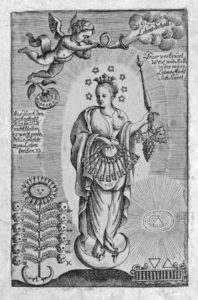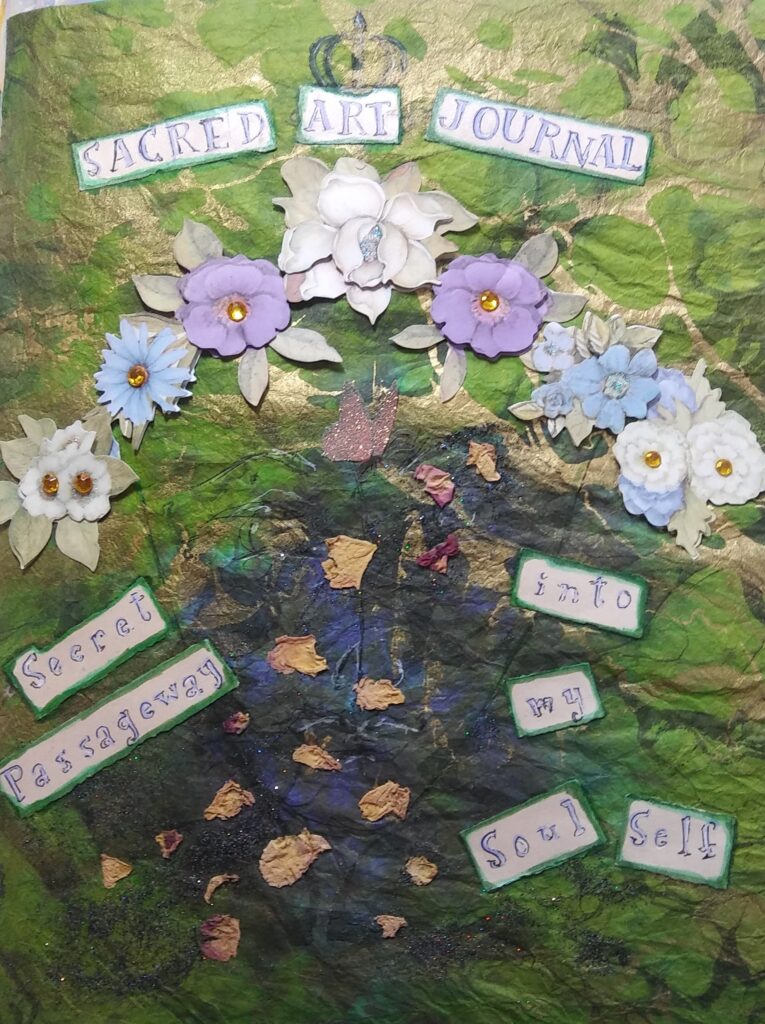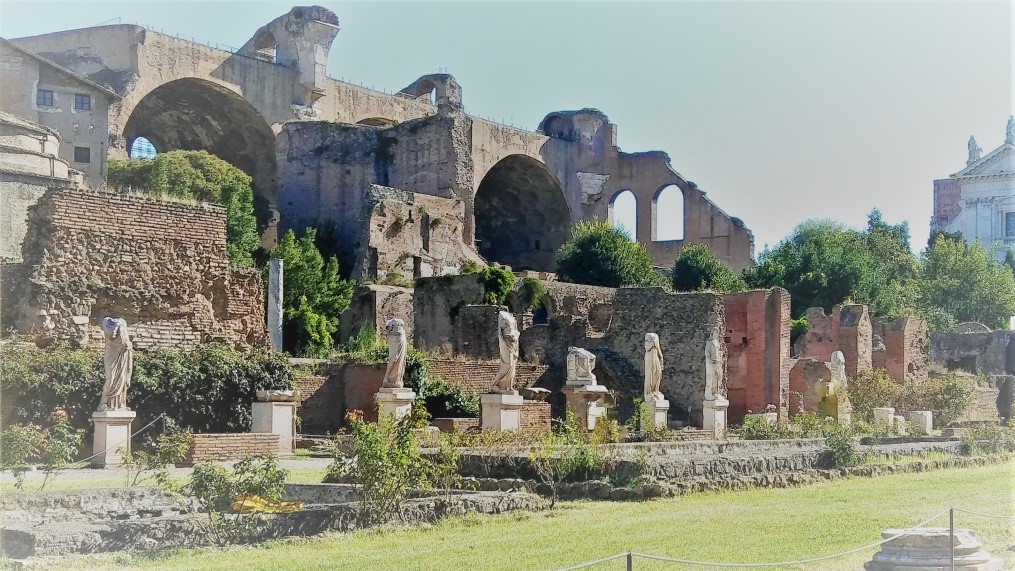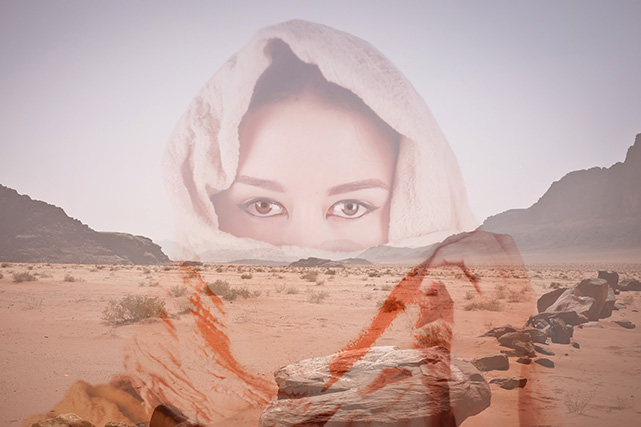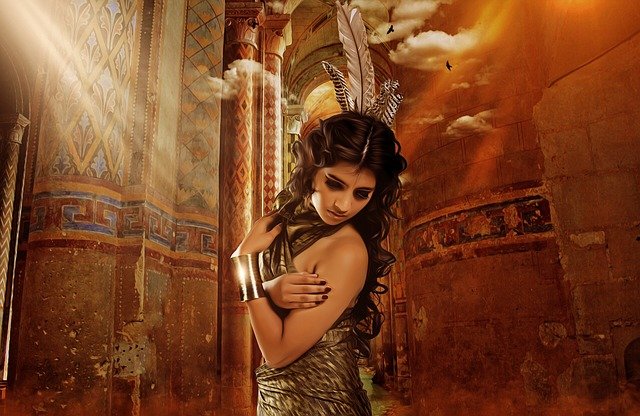Grecian and Egyptian Alchemy and the Goddess
In the West, the practice of alchemy is rooted in Grecian and Egyptian lore. Within these traditions the alchemical process became not only a physical practice, but a philosophy with far reaching spiritual significance. The transmutation of base material into gold became highly symbolic of the transmutation of the human body into spirit. Of course, the goal was to reach this state of transmutation before physical death, in which case a psycho-spiritual form of death was necessary.

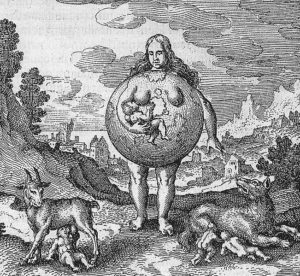
As Mircea Eliade notes in his book, The Forge and the Crucible: The Origins and Structures of Alchemy: ” Much more than the philosophic theory of unity of matter, it was probably the old conception of the Earth-Mother, bearer of embryo-ores, which crystallized faith in artificual transmutation…But above all it was the experimental discovery of the living Substance, such as it was felt by the artisans” (p. 148).
Early Christian Alchemy
Zosimos was a Christian hermit who lived in the 3rd-4th century and was tortured under Diocletian. In his alchemical writings, he is clear that the process had become highy symbolic of death and resurrection, which of course, must involve re-entering the womb of the Great Mother Goddess in some form.
By the time the alchemical process took hold in the early centruries of Christianity, it had become a full-blown act of mysticism. It arose in Gnostic sects and the Hermetic orders as a form of initiation that involved as a means of participation in the passion, death, and resurrection of a God. Hence, Jesus became the central Mercurial representation in Christianity.
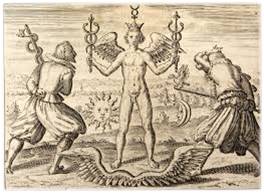
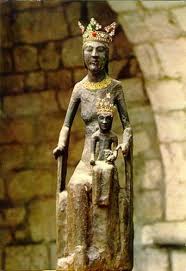
Consequently, Mary is viewed as the the “Prima Matera” or Earth Mother whose womb must be re-entered before one can reach eternal life. This is the reason why the European Black Madonnas were sought out and revered by members of the Hermetic Orders in the Middle Ages. These statues carried lore of being found in caves and emerging from the womb of the earth – And though by all historical accounts they were probably in reality ancient statues of great Goddesses like Isis or Astarte, they symbolized the unity of matter from the Earth-Mother, bearer of embryo ores.
Christian Medieval Alchemy
We do have detailed accounts of the physical process of alchemy as it was practiced in the Christian tradition since the Middle Ages.
In all, matter (stone or mercury) must pass through four stages to be transmuted into gold, and each stage is associated with the color the matter passes through:
Melansis is the black putrefaction stage. It symbolizes death. It also refers to the chaos of being formless and this stage is symbolized by the raven. Some alchemists referred to is as the black beast of the lower passions that must be dealt with before purity can be reached.
Leukosis is the coagulation stage of the process when the ore or mineral turns white. It might have symbolized resurrection or spiritual plane (illumination). In some accounts it is likened to an immaculate queen or goddess. The white stone is pure and precious, but not perfected yet.
Xanthosis is the yellow stage that represented consummation (the process by which one reenters the womb) in the Middle Ages, but this stage was omitted by the Renaissance alchemists
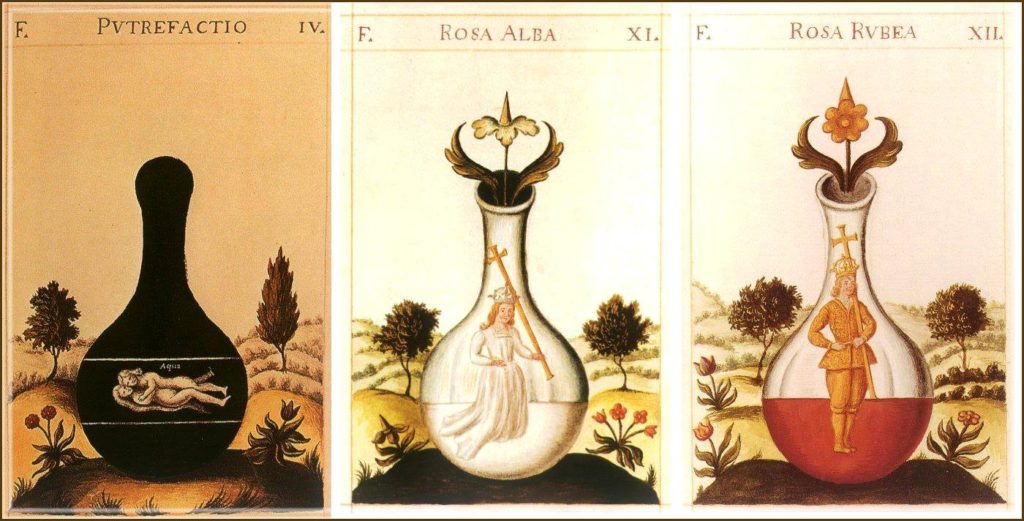
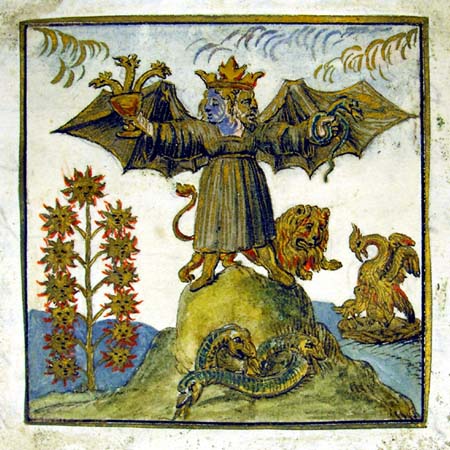
Iosis (red)(rubedo) In later alchemcal texts, this is the stage of actual consummation or union. This is the color of perfection – alchemical gold. Note that the joining of the son (alchemical practitioner) with the mother is fraught with problematic incestuous inuendo, but nonetheless, this stage is referred to as the marriage of the Moon and the Sun and often symbolized in alchemical art as a hermaphrodite (male and female). Within mystic traditions, it is the fusion of the human and divine spirit. The final secret of the mystic life is revealed here— the inflow of the vitality of God from which comes forth the Magnus Opus— or the human deified.
Facebook
Twitter
